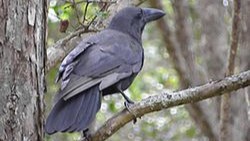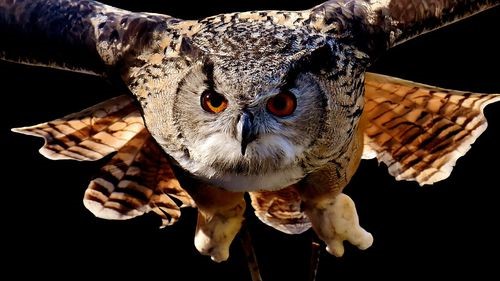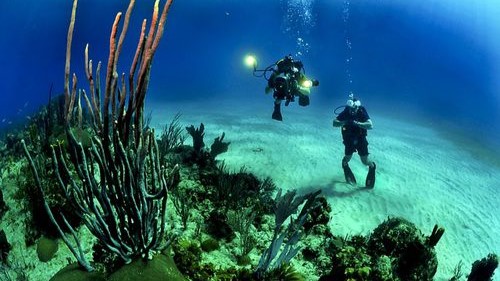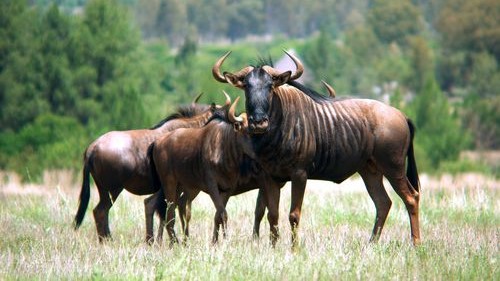Have you ever thought about what it would be like to be the only person in the world? For one species of bird called the ʻalalā, or Hawaiian crow, this was almost a reality. By 2002, there were only two Hawaiian crows living in the wild—the few others remaining lived in captivity so that the species would survive.
The native Hawaiian people were sad about this, because Hawaiian crows are important in their traditional culture. Hawaiians think of forests as their family. The crows lived in the forests and were considered spiritual family guardians. They have very loud, shrill calls. Many years ago, if a person started to enter the forest and heard that call, they took it as a warning not to continue.
The ʻalalā is native to Hawaii. It has black feathers and a large bill. It weighs about the same as a football and can grow as long as 1.5 feet from the tip of its bill to its tail. It also has a special ability: it uses tools. Very few animals and even fewer birds use tools. The ʻalalā is smart. It uses sticks to get food. It is able to pick up a small stick in its bill and use the stick to move insects from the inside of a log to the ground where it can eat them.
There are many reasons why the ʻalalā has become endangered. Non-native predators such as cats and rats eat their eggs and chicks. Also, ʻalalā can easily catch diseases such as pox, which they can get from mosquitos that people introduced to the islands.
To save the ʻalalā, conservationists raised them in captivity. That means humans kept them in enclosed areas where they could feed them and protect them. Eventually, there were enough birds that scientists took some of them to Pu’u Maka’ala Natural Area Reserve on Mauna Loa and re-introduced them to the wild. The reserve has thousands of acres of forests the birds can call home.
To help them survive, humans took them extra food and checked on them often to make sure they were adapting to their new home. Not all of the birds survived, but many did.
By early 2020, there were 20 ʻalalā living in the reserve and many more in captivity waiting to be released. The caregivers at the reserve have noticed the birds are forming pairs. This is important because it takes two of them to build their nests. This means there is a good chance they will breed and have young that will grow up in the wild.
So, thanks to help from humans, these rare and smart birds are returning home to their forest family. Hawaiians will be happy to see them again.









